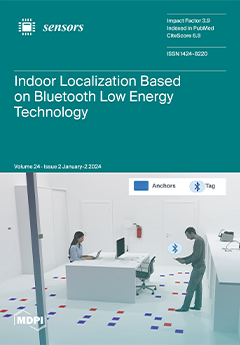To address the uncertainty of optimal vibratory frequency
fov of high-speed railway graded gravel (
HRGG) and achieve high-precision prediction of the
fov, the following research was conducted. Firstly, commencing with vibratory compaction experiments and the hammering modal analysis method, the resonance frequency
f0 of
HRGG fillers, varying in compactness
K, was initially determined. The correlation between
f0 and
fov was revealed through vibratory compaction experiments conducted at different vibratory frequencies. This correlation was established based on the compaction physical–mechanical properties of
HRGG fillers, encompassing maximum dry density
ρdmax, stiffness
Krd, and bearing capacity coefficient
K20. Secondly, the gray relational analysis algorithm was used to determine the key feature influencing the
fov based on the quantified relationship between the filler feature and
fov. Finally, the key features influencing the
fov were used as input parameters to establish the artificial neural network prediction model (
ANN-PM) for
fov. The predictive performance of
ANN-PM was evaluated from the ablation study, prediction accuracy, and prediction error. The results showed that the
ρdmax,
Krd, and
K20 all obtained optimal states when
fov was set as
f0 for different gradation
HRGG fillers. Furthermore, it was found that the key features influencing the
fov were determined to be the maximum particle diameter
dmax, gradation parameters
b and
m, flat and elongated particles in coarse aggregate
Qe, and the Los Angeles abrasion of coarse aggregate
LAA. Among them, the influence of
dmax on the
ANN-PM predictive performance was the most significant. On the training and testing sets, the goodness-of-fit
R2 of
ANN-PM all exceeded 0.95, and the prediction errors were small, which indicated that the accuracy of
ANN-PM predictions was relatively high. In addition, it was clear that the
ANN-PM exhibited excellent robust performance. The research results provide a novel method for determining the
fov of subgrade fillers and provide theoretical guidance for the intelligent construction of high-speed railway subgrades.
Full article






